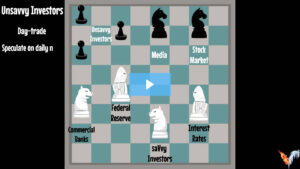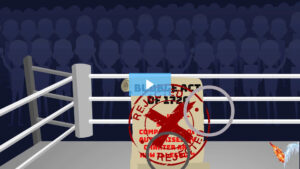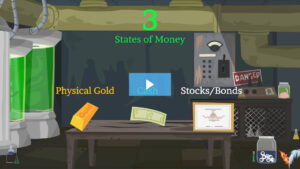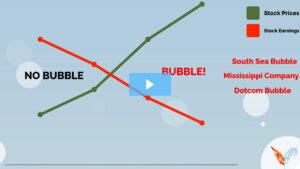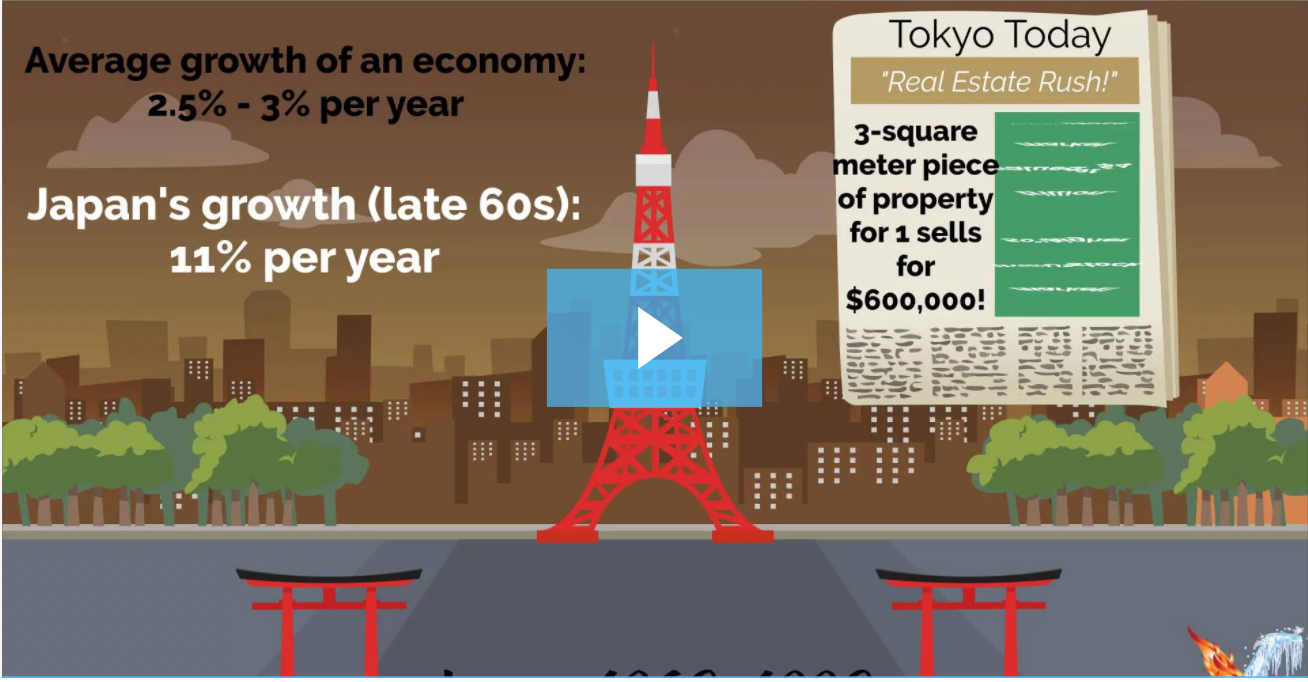
Japan’s geographic location prompted the country to become heavily self-reliant on its ability to produce food. From the 1880s to the beginning of the 20th century, Japan improved its ability to farm food which expanded their ability to trade globally. However, Japan’s economy was decimated after World War II in the summer of 1945. The war took the men off the farms and put them into battle. At the end of the war, 8 million people left the military and returned to civilian life. 13 million people who wanted work needed jobs after the war was finished. The need for food was the highest after the war. The agriculture industry was opened for workers and employed 18 million people, but the wages were so low, people’s standard of living was never able to increase. Farmers worked in the fields all day just to have something to eat at night and nothing more. Another problem for Japan was a lack of energy. Despite Japan’s abundant coal resources, the people who were instructed to work the mines were Korean and Chinese prisoners of war. After the war, they had been released. Japan lacked skilled miners who could serve as a replacement. Japan was struck with a starvation and energy crisis during the winter of 1945-1946. The United States sought to help Japan out of the crisis.
Three major reforms changed the trajectory of Japan’s economy and put the country on a path to greater prosperity. The first reform was to break up the zaibatsu; the business giants that were given favorable treatment by the government and enjoyed a distinct advantage over any competitor. The zaibatsu was charged lower taxes, given large government loans, and was granted priority during government contracting periods. Cronyism and the revolving door between government and business was not helpful in acting as a healing force for Japan’s economy. The goal of dismantling the zaibatsu was to replace it with a more meaningful connection between the public and the corporation, as well as the fix employee/employer relationship. The first reform paved the way for the second reform. The second reform was the creation and expansion of labor unions. Prior to World War II, labor unions had been nonexistent providing little ability to organize, collectively bargain, or protest foul management practices. Labor unions were well received by the public as participation exploded from 0% in 1945 to 60% in 1949. The third reform was government land distribution to the public. The government bought large parcels of land, divided them into smaller lots, and gave each citizen a piece of their own land to grow food. This avoided another starvation crisis. A major expense that Japan eliminated was the ending of its military, as the United States would provide Japan military assistance.
Although Japan was on its way to recovery, inflation began to increase which started to hurt the economy’s recovery. The US aimed to control Japan’s inflation, so the US government called upon a banker from Detroit named Joseph Dodge. Together, Dodge and the US government set out three laws for the Japanese government to implement in which they called the “Dodge Plan” or “Dodge Line.” The first law required the Japanese government to balance its budget. The next two laws would help Japan achieve a balanced budget. The second law ceased loans from the Reconstruction Finance Bank since the flooding of cash had already set Japan’s recovery on track and was starting to cause economic harm. The third law eliminated government tax subsidies since it began interfering with natural business growth. The Dodge Line worked to stabilize inflation and keep Japan’s economy from slowing down. Dodge was awarded a medal in 1962 for his work by Empower Hirohito. Japan was on its own by 1952 as the US ceased occupation of the country. The second boost to Japan’s economy was the start of the Korean War in 1950. Just how the US economy was saved from another depression when World War II began, Japan’s economy was bolstered by the Korean War.
“Made in Japan” became the slogan for anything Japanese made. The economy shifted into monozukuri or “thing-making.” At first, the slogan was synonymous with anything cheaply made or a copycat. Japan did not yet have the experience nor infrastructure in place to produce durable, high-quality products. After the dismantling of crony capitalism, a new, healthy, and fair tie began to form between government and corporations. The formation of the Ministry of International Trade and Industry (MITI) acted as the brain, finance arm, and adviser to the most important industries in Japan. Keiretsu replaced zaibatsu and promoted a fair integration among related companies in power, coal, steel, and shipbuilding. The keiretsu pursued a long-term view on business versus short-term sightedness. This shift in viewpoint increased growth. Japan’s GDP grew 11% annually in the late 1960s, beating the average of just 2.5-3% for a normal economy. Japan achieved a trade surplus and the country’s creditworthiness increased.
The oil shock of the 1970s shot the price of gasoline higher. Gas-guzzling cars that were made in Detroit by Ford and General Motors became unaffordable to the American consumer. As a result, more fuel-efficient, low-cost Japanese cars companies such as Honda and Datsun (now Nissan) seized the opportunity to sell to the American consumer. As the automobile industry boomed for Japan, Sony introduced its Walkman in the late 1970s. Japan’s growth accelerated in the late 1970s and 1980s due to creation of new products such as VHS, video cameras, PCs, and semiconductors. Global investors and economists began to believe the “American Century” (20th) was going to become the Japanese Century (21st). The Japanese stock market began to rise as investors rushed into Japanese stocks. The Nikkei 225 Index traded at a price of 1,929 on May 31, 1970 and grew steadily to 5,359 by January 31, 1973, equating to a gain of 177% in just under 3 years. The Nikkei continued its rise to 8,019 by August 31, 1981, a 315% increase from its 1970 level. Although eye-popping, that growth was relatively stable compared to the bubble that was about to swell.
Japan’s stock market outpaced the US stock market during the 1980s. By October 31, 1987, even after Black Monday (Dow Jones lost 22% in a single day), the Nikkei was trading at 26,646, almost 1,200% higher than in 1970. By December 1989, Japan had a value of $4 trillion, which was 50% higher than the total value of the US stock market. Japanese stocks accounted for 50% of the entire world’s stock market valuation. Many reasons were given to justify high valuations for Japanese stocks such as conservative accounting treatments. Japanese accountants were known for being very conservative with their growth estimates. However, Japanese accountants also took many opportunities to mask any financial weakness. The term zaitech or “financial engineering” became known as an accounting method of flowing profits from stock trading or other endeavors to the profit statement while pushing negative-yielding assets off the balance sheet. Alan Greenspan wrote in his 2008 book, The Age of Turbulence, that the “Japanese purposely accepted huge economic stagnation to avoid massive loss of face for many companies and individuals.” At the office of Germany’s Deutsche Bank located in Tokyo, chief economist Ken Courtis summed up the financial health of Japanese companies as having “Himalayan balance sheets and Saharan returns.” This meant Japanese companies had meager profits and mountains of debt. Japanese banks shifted defaulted loans off the balance sheet and disregarded the reality that those debts would never be repaid. Financial engineering would soon come back to haunt overleveraged banks and corporations.
The Japanese stock market continued to rise. Large corporations not involved in trading began taking out low-interest loans to invest in the stock market with hopes of padding their company’s income statements. The price-to-earnings ratio of the Nikkei was on average 60, almost 4x the metric for US stocks. NTT Corporation, the equivalent of America’s AT&T, was worth more than AT&T, General Electric, Exxon, IBM, and General Motors put together. Real estate prices in Japan were off the charts as well. By 1990, the total value of property in Japan was estimated to be $20 trillion, almost double the value of all stock markets in the world. The United States is 25x larger than Japan meaning that a $20 trillion valuation would mean Japan’s land was worth 125x greater than the US. The mania was so out of control that a 3-square meter piece of property in Tokyo’s downtown, the Ginza shopping district, sold for $600,000. The size of the property was enough for someone to lay a sleeping bag down and nothing else. Japanese billionaires began buying real estate in Hawaii and the United States including the Rockefeller Center, Empire State Building, Pebble Beach Golf Course, and Paramount Studios. Records were set such as Van Gogh’s “Dr. Gatchet” painting selling for $82.5 million to a Japanese billionaire who admitted he paid $30 million more than he intended. Prices did not matter.
As the real estate and stock market bubble continued to swell into the late 1980s, an extreme viewpoint about how Japan would continue to see strong growth emerged in 1989. The book, published by Shintaro Ishihara, Akio Morita, cofounder of Sony Corporation was titled, The Japan That Can Say No. The book described how the growth in Japan would continue to beat the US despite most of Japan’s growth coming from US assistance. The book made arguments that Japanese workers were superior to US workers based on their intellect and that Japan should use its technological superiority to attain global dominance. The overly-optimistic sentiment was met with brutal reality at the end of 1989. On the last trading day in 1989, the Japanese stock market made its final peak. The Bank of Japan became concerned with the rising prices of Japanese stocks and real estate. To slowdown the speculative euphoria that was running rampant, the Bank of Japan raised interest rates in January 1990. The Nikkei went into a freefall. Highly leveraged banks and corporations were in a race to sell stocks as their stock positions dropped significantly in value. By August 1992, the Nikkei was down to 14,309, representing a loss of $2 trillion. Real estate dropped by $8 trillion from its peak. The Bank of Japan did not lower interest rates until July 1991, but by then the entire speculative bubble had completely busted.
The prediction that Japan would be an economic powerhouse going into the 21st century was entirely incorrect. For 20 years, between 1990 and 2010, the gross domestic product (GDP) of Japan hovered at $5.7 trillion while the United States GDP soared from $7 trillion to nearly $15 trillion. By 2010 Japan had lost its number 1 spot as an Asian powerhouse to China. Most of the drop in the Nikkei was in the beginning of the bear market, however in October 2008, the Japanese stock market traded at 7,000, an 82% decline from its peak of 39,000 two decades earlier. Real estate prices came down swiftly as large properties sold at a 50% loss. Hawaii’s Westin Maui resort was purchased for $290 million and was sold in 2000 for less than half the purchased price. The Grand Wailea in Hawaii that was purchased for $600 million sold for a 50% loss at $300 million in 2000. Mitsubishi took a $2 billion loss when it sold Rockefeller Center. Sony took at $2.7 billion loss when it sold Columbia Pictures during the decline. As the economy began to stall, the government that once enjoyed a trade surplus was now in charge of a growing welfare obligation. The demographics of Japan had been plagued with a low birthrate, large, retired population, and as a result, a large gap in the new working class. The unemployment rate in Japan had been zero for many years until a million manufacturing jobs were eliminated between 1992 and 1996. Unemployment was pushed from 2.1% to over 4% in that time span. To try and create economic growth, the Bank of Japan printed trillions of Japanese yen. The hope was that the flooding of unlimited government money could fix a weak economy with weakening labor demographics. This did not work. The debt did not find a place to be utilized efficiently. Prices continued to drop, leading to the term “the lost decades” meaning decades of little to no economic growth. Central bankers fear two economic pressures for which they have no control over, inflation and deflation. The abrupt actions taken by the Bank of Japan in starting up and slowing down the Japanese economy is a critical lesson. Economic reality can only deviate from underlying fundamentals for so long until it no longer cannot. The boom was followed by the bust as the Japanese bubble was created by the Bank of Japan and subsequently popped by the Bank of Japan. Volatility thrives.



